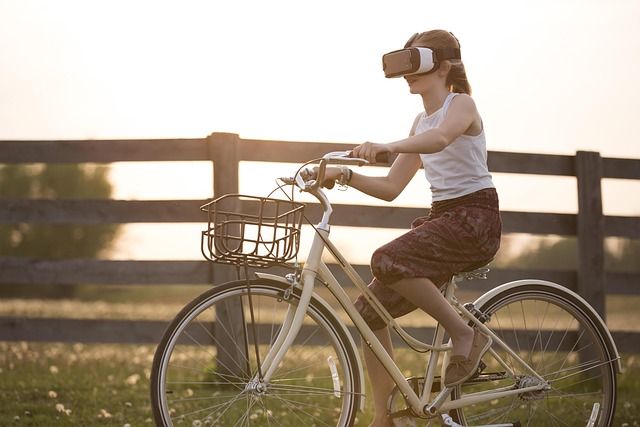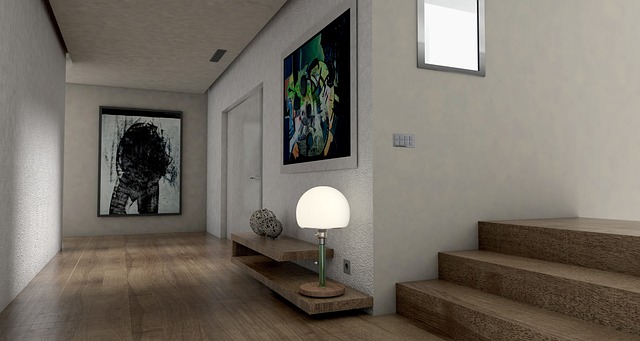The Future of Simulation: Virtual Analysis in Virtual Reality, Augmented Reality, and Metaverses
The evolution of technology has ushered in a new era of virtual analysis that transcends traditional boundaries. As we step into a world dominated by Virtual Reality (VR), Augmented Reality (AR), and the expansive landscapes of metaverses, the potential for simulation reaches new heights.
Virtual Reality: Immersive Experiences Beyond Imagination
Virtual Reality transports users into an entirely simulated environment, offering experiences that feel incredibly real. In the realm of virtual analysis, VR allows researchers, educators, and professionals to immerse themselves in detailed simulations that were previously unimaginable. Imagine conducting a complex surgery remotely or geologists exploring uncharted terrains—all from the comfort of a VR headset. The ability to walk” through simulations enhances understanding, fosters innovation, and gives a visceral sense of presence that textbooks simply cannot provide.
Augmented Reality: Enhancing Reality with Digital Insights
On the other hand, Augmented Reality enriches our perception of the real world by overlaying digital information and objects onto our surroundings. This fusion of reality and digital insight makes virtual analysis more accessible and intuitive. For example, architects can visualize how new structures would look in their current environments, while mechanics can diagnose issues with real-time data projections directly on vehicles. AR bridges the gap between the digital and physical worlds, allowing users to interact with simulations in an engaging and practical manner.
Metaverses: A New Frontier for Collaboration and Exploration
As we dive deeper, the metaverse emerges as a groundbreaking platform for social interaction, commerce, and even education. It constructs a virtual space where users can communicate, collaborate, and explore together like never before. In metaverses, virtual analysis takes on new dimensions, as individuals and organizations can create shared simulations to tackle global challenges. Imagine scientists collaborating on climate change models in real time, architects designing sustainable cities, or students from different backgrounds engaging with the same historical event through immersive experiences.
The Integration of Technology in Everyday Life
The convergence of VR, AR, and metaverse technology makes virtual analysis an indispensable tool across various sectors. Enterprises can use these technologies to train employees more effectively, while educators can provide students with hands-on experiences that foster deeper learning. The allure of engaging simulations elevates every field, from healthcare to engineering, by transforming the way people analyze and approach problems.
Embracing the Future
As we stand at the forefront of technological advancement, the future of simulation looks bright. Embracing virtual analysis through VR, AR, and metaverses not only enhances our professional capabilities but also transforms our personal experiences. In this rapidly evolving landscape, the possibilities are endless, and the only limit appears to be our imagination.



